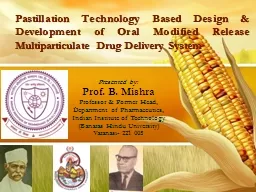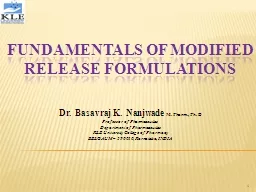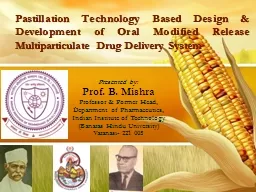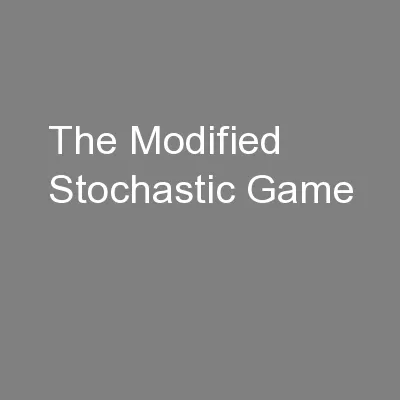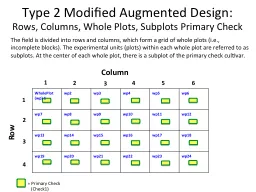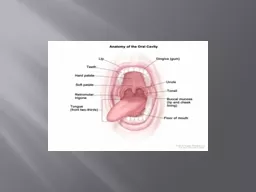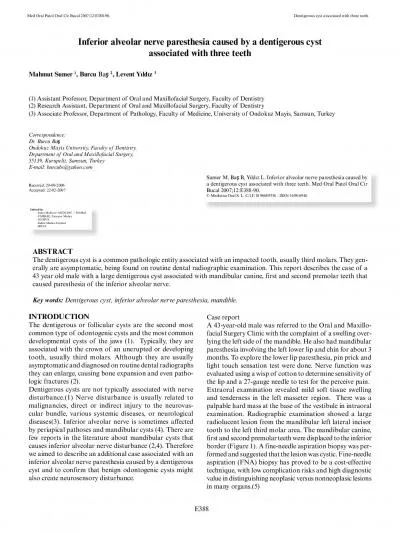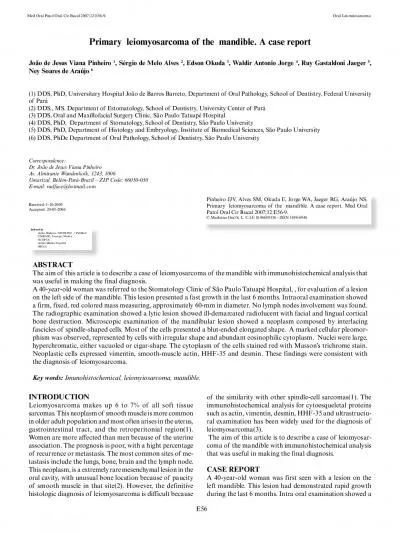PPT-Pastillation Technology Based Design & Development of Oral Modified Release Multiparticulate
Author : trish-goza | Published Date : 2018-11-12
Presented by Prof B Mishra Professor amp Former Head Department of Pharmaceutics Indian Institute of Technology Banaras Hindu University Varanasi 221 005 Components
Presentation Embed Code
Download Presentation
Download Presentation The PPT/PDF document "Pastillation Technology Based Design &am..." is the property of its rightful owner. Permission is granted to download and print the materials on this website for personal, non-commercial use only, and to display it on your personal computer provided you do not modify the materials and that you retain all copyright notices contained in the materials. By downloading content from our website, you accept the terms of this agreement.
Pastillation Technology Based Design & Development of Oral Modified Release Multiparticulate: Transcript
Download Rules Of Document
"Pastillation Technology Based Design & Development of Oral Modified Release Multiparticulate"The content belongs to its owner. You may download and print it for personal use, without modification, and keep all copyright notices. By downloading, you agree to these terms.
Related Documents

